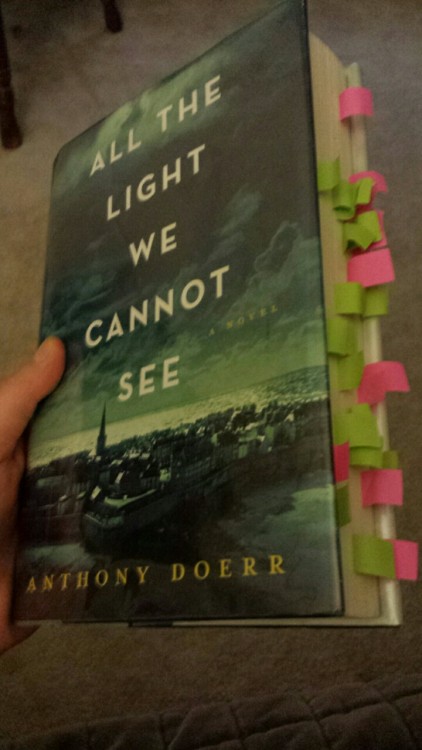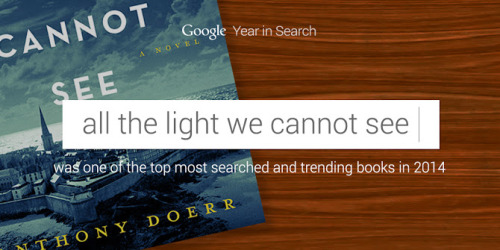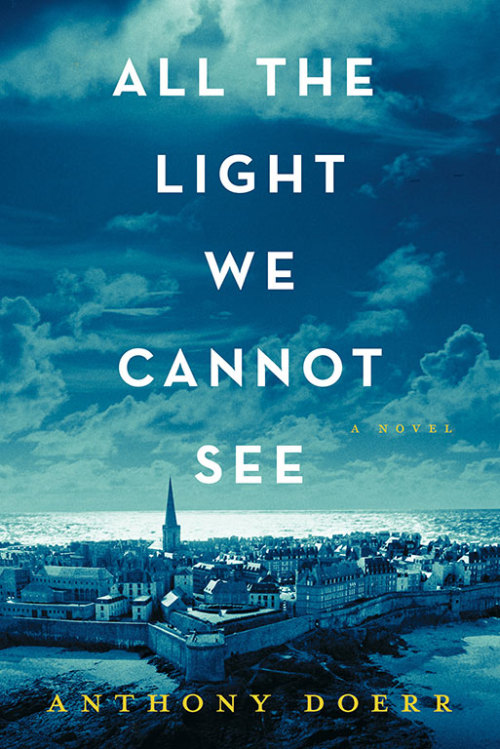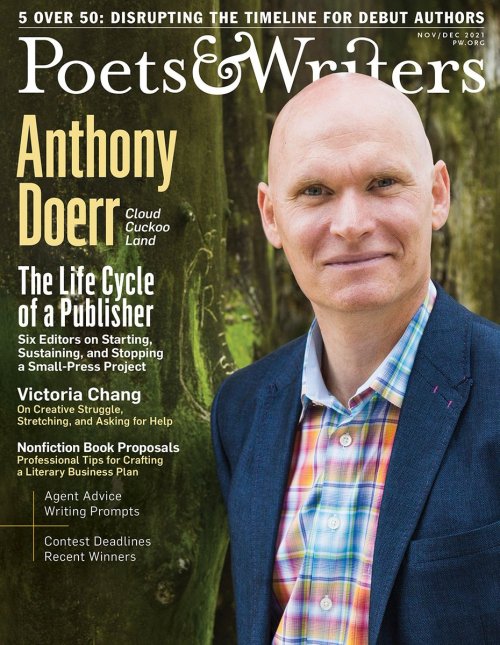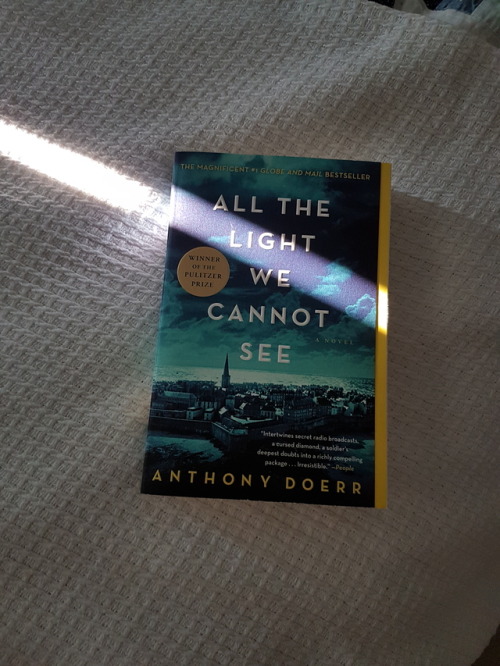#anthony doerr
Suzanne’s Favorite Things of 2017
Because 2017 just wouldn’t have been the same without the discovery of something fizzy, new shoes, an incredible book, a lazy lawn game, a baby hippopotamus, a new app, women empowerment, running shorts, prescription meds, and a love story. Behold, the list:
1. Celery Soda
I’m not a big soda drinker. And I’m not even a celery super fan, so I was as surprised as anyone that I found the unexpected marriage of carbonation with the subtle hint of something green to be so delicious. I won’t be popping the top off of a Coke anytime soon, but I’ll gladly keep stock of celery soda for a fizzy refresh.
(Tip: Doc Brown’s Cel-Ray is great, but if you can make it to Made Nice in NYC, they’ve got the best celery soda fountain drink.)
2. Pons Sandals
I wasn’t expecting a lot. All I needed was a pair of leather sandals that could stand the test of a sticky hot summer in the city, so when I found Pons, a super simple sandal that fit my basic requirements in a Chinatown pop-up, I gave them a chance at being my summer go-to. Pons, with their uncomplicated, straight-forward design – a result of 72 years of handcrafting in Spain – translated to an easy, painless and blister-free break-in and my favorite sandal.
(Notable mention: The Camper Oruga Heel Strap Sandal is equally versatile and with a throwback look to the original Teva sandal.)
3. All The Light We Cannot See
My daily commute got longer this year and with it so did my reading list. I called it my Reading Renaissance because I fell in love with stories again and the feeling of not wanting to leave a world captured within the pages of a book. Anthony Doerr’s Pulitzer Prize-winning All The Light We Cannot See, a compelling and often heartbreaking story of morality, survival, and love told through the lives of two young Europeans on opposing sides of World War II, held me close for all of its 530 pages, and turned my daily treks across Manhattan into an escape that always ended too soon.
(Also check out Shoe Dog, the incredible memoir of how Nike founder Phil Knight conceived, launched and almost lost one of the most influential brands in the world)
4. Cornhole
How did it take me so long to fully discover the joy of cornhole!? Sure, I’ve been a casual player for a few years, but my brother-in-law made me a custom cornhole set for my birthday, thus taking my love for the game to a new (and slightly competitive) level. It’s the ultimate summer-time hang out game!
5. Fiona The Hippo
Between planning escape routes in case of a North Korean missile striking New York City, wringing my hands, and yelling at our current president for pretty much anything he said, I tried to find happy news that had nothing to do with possible nuclear war or politics. I found was 29 pounds of exactly what I needed to smile: Fiona the Hippo. Born six weeks early at the Cincinnati Zoo in late January, Baby Fiona, with her chubby hippo body and gigantic smile, was my daily moment of news joy this year.
6. Transit App
Year after year, I keep saying that I’m working on being more patient. But waiting for a bus in New York City can be the ultimate test. Enter the Transit app, a real-time location tracker of subways and buses with up-to-the-second accuracy that has yet to let me down. I’m still trying to be more patient in other areas of my life, but with the Transit app, at least I know how long I need to try.
7. The Women’s Movement
Has there ever been a more empowering and exciting time to be a woman? Actually, yes. Women gaining the right to vote in 1920; Jeanette Rankin becoming the first woman to serve in the Senate in 1922; and Sandra Day O’Connor being sworn in as the first female Supreme Court Justice in 1981, just to name a few seminal accomplishments. But for someone who wasn’t alive to witness the legislative milestones of the 1920s and too young to remember when the glass ceiling of the nation’s highest court was shattered, the women’s movement of 2017 - from January’s epic march that spanned 680 cities and 137 countries worldwide, to the reboot of the Me Too movement - was the most inspiring and electrifying cultural shifts in years. And we’re just getting started.
8. Nike Modern Tempo Running Shorts
If you’re a woman and a runner who has never had a perfectly good run ruined by your shorts chafing the inside of your legs, you won’t understand the miracle that is the Nike Modern Tempo short. For the rest of the female athletes in the world, there’s hope. I almost gave up on running shorts altogether and resigned myself strictly to tights, but these made me a true believer in running without paying the price afterwards.
9. Clomicalm
This one is as much for me as it is for my small rescue dog, Dill, who has been working hard on overcoming his separation anxiety since October 2016. Sometimes, though, you just need a small pharmaceutical intervention to deal with the challenges of everyday life – even if you’re a dog who has it pretty good. Dill got on a low dose in 2017 and three weeks later life got a whole lot better. Thank you, Clomicalm (and Dill’s vet).
10. Call Me By Your Name
I’m not surprised that Call Me By Your Name made it onto my annual favorite things list. It does, after all, include some of my most favorite things: early 80’s fashion, Italy, director Luca Guadagnino, and gay themes. But it’s just how much I love this movie that’s surprising. The third in Guadagnino’s desire trilogy (I Am LoveandA Bigger Splash are also among my favorites from years past), Call Me By Your Name is the delicate, subtle, and elegant story of Elio and Oliver whose unexpected love surpasses their time in history and is also limited by the fact that in 1983 being gay was simply not an option for many young men. The film is like a vivid, enchanted dream with dialogue that reveals entire characters in quick, but poignant and direct lines. And like a good dream, I didn’t want Call Me By Your Name to end.
Post link

Hello hello hello! Today on our shiny new Book of the Day pod, we’re featuring a conversation for everyone who truly loves books and the enduring power of stories (that’s all of us, right??) – Anthony Doerr and Scott Simon talking about his new book Cloud Cuckoo Land, which turns on a fictional text (also called “Cloud Cuckoo Land”) from a real-life ancient Greek writer that has endured through the centuries.
– Petra
“Open your eyes, and see what you can with them before they close forever.”
All The little flags should give you an idea how much I loved this book and how deeply it touched me. I’ll have a full review soon, friends, I just need some time with my thoughts. I promise it’ll be a good one, readinglunch.
We agree, this book is fabulous, just ask anyone who has read it, and that includes most of our staff right now.
Post link
ALL THE LIGHT WE CANNOT SEE was 1 of the 10 most Googled books this year! #YearInSearchhttp://bit.ly/1GMQQtb
Post link
Excited to announce Scribner Magazine! We’ve revived our classic literary destination featuring original writing and media by our staff and authors from the broader literary community including Stephen King, Miranda July, Ernest Hemingway, James Franco, Anthony Doerr, and many more: http://www.scribnermagazine.com/
Post link
Anthony Doerr’s beautiful All The Light We Cannot See is up for the prestigious nationalbook award tonight!
Post link
BOOK REVIEW
Title: All the Light We Cannot See
Author: Anthony Doerr
Genre: Historical fiction
My Rating: ★★★★★ (5 of 5 stars)
Not all books can leave emotional aftershocks in their wakes. Not all novels possess a haunting two-edged beauty, the kind that offers a poignant balm right after inflicting a hundred little bruises on your heart. Not all stories can render you so weak-kneed with wonder that you have no choice but to let it brand itself as your literary waterloo.
Indeed, not all books are like All the Light We Cannot See, Anthony Doerr’s tour de force that reminded me of the very reasons why I still love trudging through contemporary literature.
The novel is a twofold tale of young souls ensnared in the horrors of World War II. On one hand it tells the story of blind French girl Marie-Laure LeBlanc, a museum locksmith’s daughter who joins the resistance and may be in possession of a dangerous jewel being hunted down by Nazi looters. On the other, it narrates the life of German orphan Werner Pfennig whose talent in radio mechanics wins him a place in a brutal academy for the Hitler Youth and in the battlefield as a resistance tracker. It is in war-torn Saint-Malo, France, that their paths converge.
I must admit that at first, All the Light We Cannot See felt like an impenetrable fortress to me. Doerr’s writing style deviates from the ones I have encountered before; it felt tad baroque and its chapters are cleaved in staccato sequences, making it a misfit among the tones of many twee bestsellers nowadays. But once I managed to adjust (possibly with the help of changing my reading environment from the chaos of rush-hour commute to pre-bedtime hush), going through the pages is as easy as dipping a hand into water. Since then, I could not remember finishing a passage without admiring its almost lyrical structure.
The imagery is so vivid that the heroine’s blindness does not appear to be an inconvenience at all. Every description would make you feel like the power of your senses, save the sight, is magnified a hundredfold. Here, Marie-Laure believes slices of peaches taste like “wedges of wet sunlight”; here, soldiers trapped in darkness for days tremble to catch a glimpse of starlight like they needed it to live, to breathe.
There’s dichotomy in it, too. The sentences might carry the exquisiteness of poetry but the grisly truths embedded in them uncover a kind of ugliness you would not want to look in the eye; it is war, after all. This is especially evident in Werner’s chapters. Descriptions fade out from the sunflowers’ “praying heads” to the piles of corpses cushioning prisoners’ train cars, from majestic breeds of birds to the bleeding bullet hole in the head of an innocent little girl. Doerr utilized his knowledge in just about everything—radios, diamonds, literature, avian species, puzzles, guns, locks—and stretched his spectrum of adjectives to bring clear pictures of WWII from two very different vantage points.
Plot-wise, the book unfurls slowly. The scenes do not always charge along with action, but the way Doerr cuts back and forth in time provides a steady supply of thrill and suspense. Doerr also managed to squeeze in a little fantasy-esque element that gave the story a hint of modernist flavor.
Its ensemble of characters showcased lifelike multidimensionality. More than flesh and bones, they are made up of layers of idiosyncrasies, fears, doubts, dreams, and hopes—the last two being undervalued commodities whose owners often get ridiculed. The leads are well-shaped. Instead of making Marie-Laure a walking magnet for sympathy, Doerr wrote her as an incarnation of strength and childlike hunger for adventure. Many characters recognize her courage and power despite her sightlessness, an assessment that she often seems to downplay.
Werner, my favorite, is a lithe embodiment of conflict-marred innocence. Marie-Laure may be the easiest to build emotional skeins with, but Werner for me still pops up as the most human. He is overflowing with dreams and hopes but the circumstances he is in caused apprehension to be an all-pervading disease in his system, making him clamp his aspirations down. He trades sheer compliance in their stead, in effect stripping him off the stereotypical brash hero mold. It is as if he stops believing he owns his life. Only when he crosses paths with Marie-Laure does he manage to wake up and convert all these thoughts, snagging a proper hero status in the process.
The combination of Marie-Laure’s unshakeable self-assurance and Werner’s meek surrender to austere rules does not only reflect a trait-masculinity swap, it also displays Doerr’s deftness in illustrating facets of the human heart and how fragile they are when faced with something that forces to alter them. The duo’s main attributes, including the chief changes in them, are captured in a piece of their brief conversation:
[Marie-Laure] says, “When I lost my sight, Werner, people said I was brave. When my father left, people said I was brave. But it is not bravery; I have no choice. I wake up and live my life. Don’t you do the same?”
He says, “Not in years. But today. Today maybe I did.”
I treasure this unconventional Boy-Meets-Girl moment unreservedly. More than five hundred pages and their meeting only lasted for what, a couple of chapters or so? It was not forced. It was short albeit magical, and the connections leading to that one moment is adeptly weaved by the author. It also reflects a grain of bittersweet truth in life: the universe might ink thousands of prologues and it will still hold no promise that your once-upon-a-time will last more than half-a-page, nor will it wrap up in a true happy-ever-after.
Aside from the two main protagonists, I have also grown to like Jutta, Werner’s precocious sister who intrepidly questions things about the important happenings in that era; and the German soldier Frank Volkheimer, who will probably tog off almost all items in a villain qualifications list except that he turns out to be a ‘friendly ally’ version of Goliath to Werner’s David. (I understand Volkheimer is taciturn by nature, but I wished the readers are given more glimpses of his insights!)
Just like the puzzles and miniature scale models of metropolises that Marie-Laure’s father constructs for her, All the Light We Cannot See’s intricacy is a beauty in itself. It is hard to put into words how enchanting the whole thing is. At the end, quick peeks at the present time answer some of the readers’ post-war questions—it shows that time can heal some wounds but it can offer no immunity when a memory decides to slice them open again; that language can be so inadequate when it brings up memories of the past; and that life is indeed worth living no matter what.
It has been a long time since I last read a gem as spellbinding as this; I will be sure to pick up more of Doerr’s other works. Five stars for an amazing read!
___
Cross-posted to my blogspot.
Post link
Loved this round of the Tournament of Books http://www.themorningnews.org/tob/?utm_source=dlvr.it&utm_medium=twitter I especially enjoyed reading the after commentary. I agreed with so many of their points. And I keep thinking about the phrase, “blood in the mouth.” Who do you think should have won?
Post link
“You know the greatest lesson of history? It’s that history is whatever the victors say it is. That’s the lesson. Whoever wins, that’s who decides the history.”
Post link
AAUW Book Haul: Part 2
I visited the local AAUW Used Book Sale where I bought 21 books! I divided my haul into 3 parts, so here are the next 6 books!
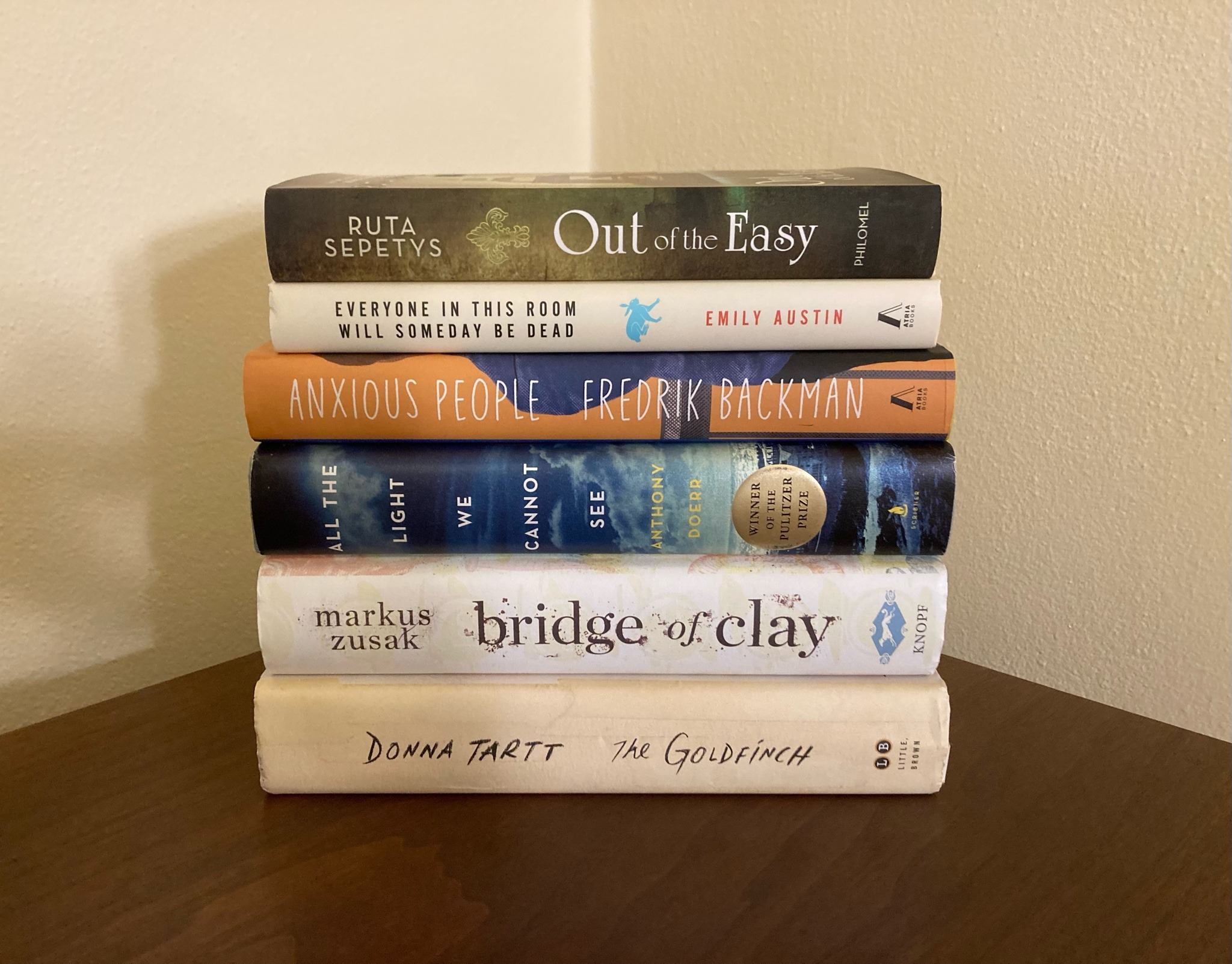
Pictured from top to bottom: Out of the Easy by Ruta Sepetys, Everyone in this Room Will Someday be Dead by Emily Austen, Anxious People by Fredrik Backman, All the Light We Cannot See by Anthony Doerr, Bridge of Clay by Markus Zusak, and The Goldfinch by Donna Tartt.
“Open your eyes and see what you can with them before they close forever.”
- Anthony Doerr, All the Light We Cannot See.









books I’ve read in 2022 no. 034
Cloud Cuckoo Land by Anthony Doerr
“A text—a book—is a resting place for the memories of people who have lived before. A way for the memory to stay fixed after the soul has traveled on. But books, like people, die. They die in fires or floods or in the mouths of worms or at the whims of tyrants. If they are not safeguarded, they go out of the world. And when a book goes out of the world, the memory dies a second death.”



